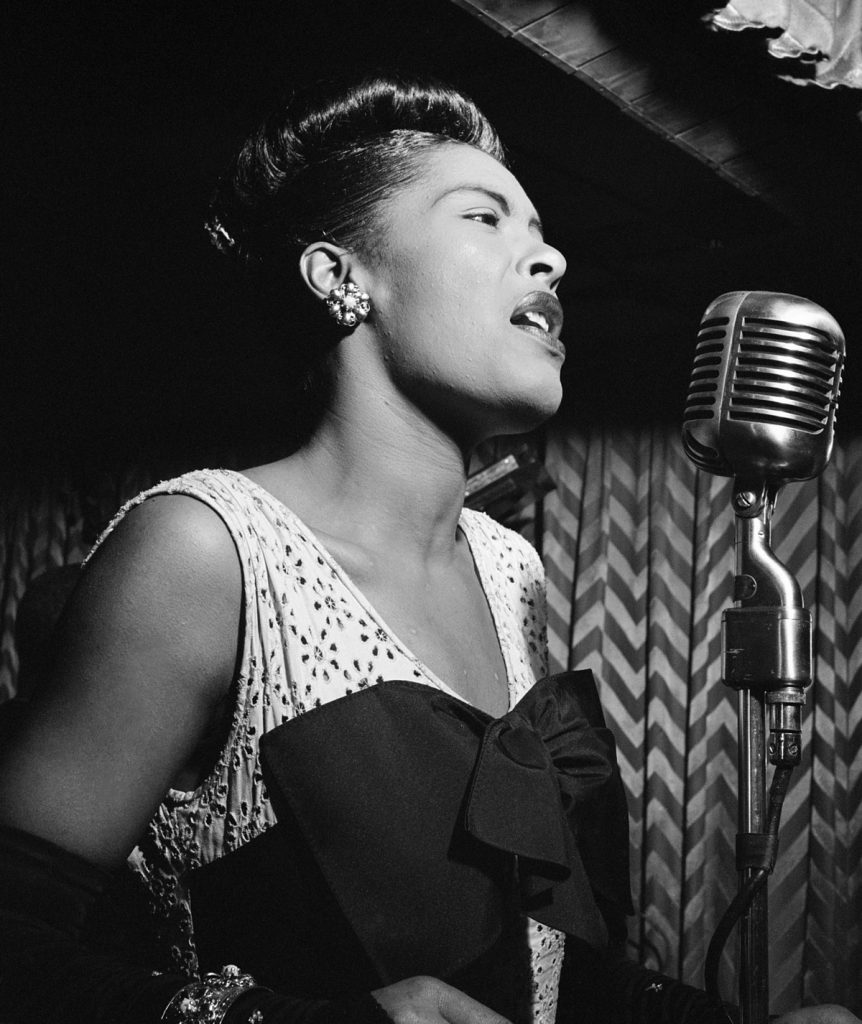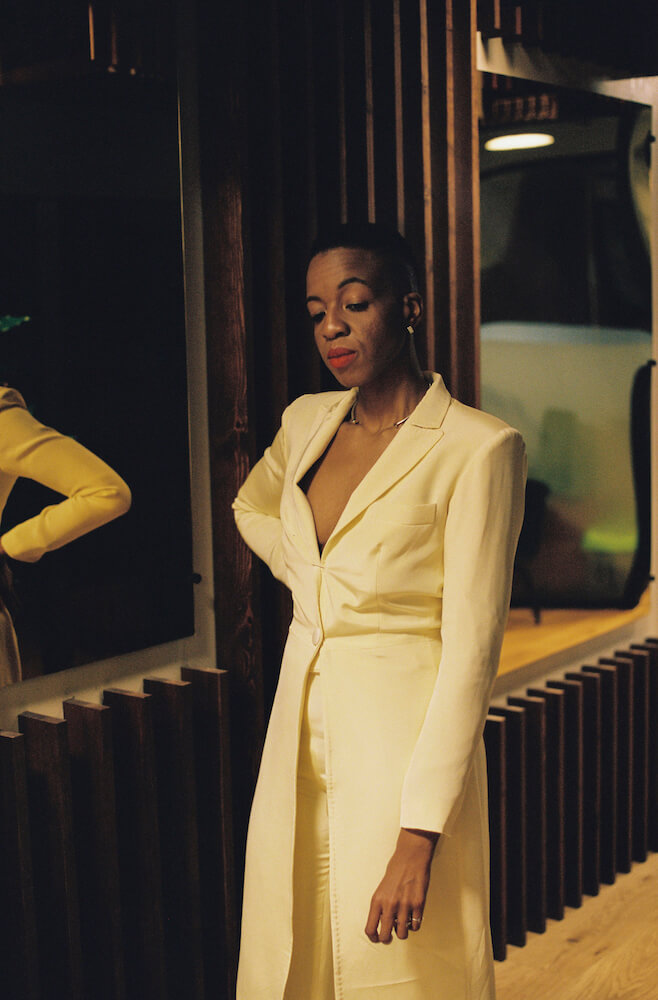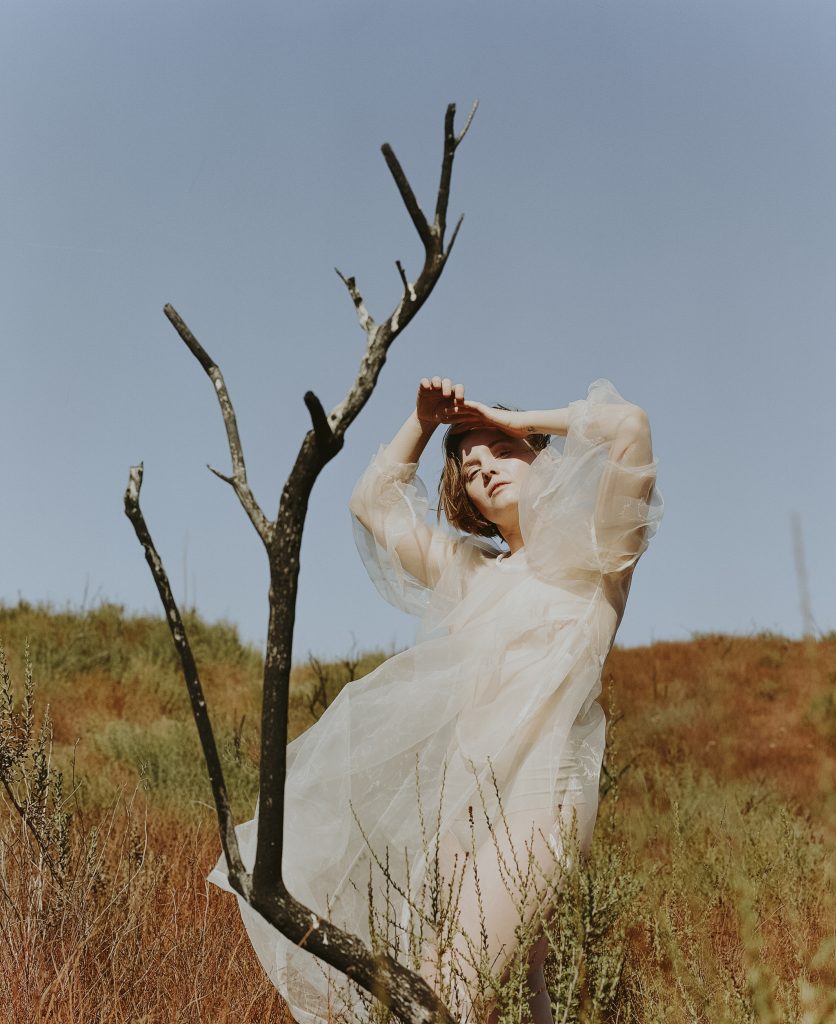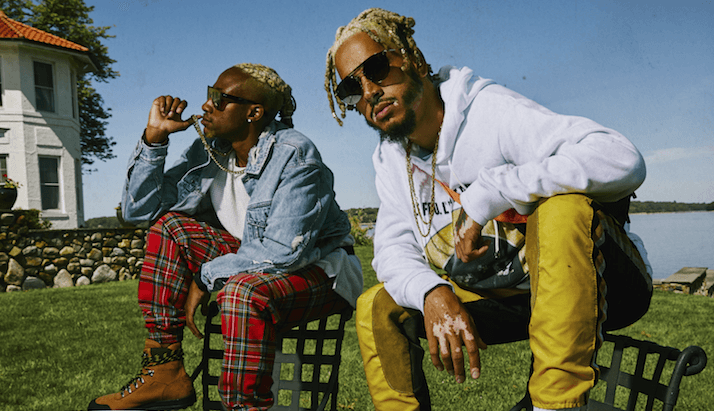Dancing Through the Darkness with Kojey Radical
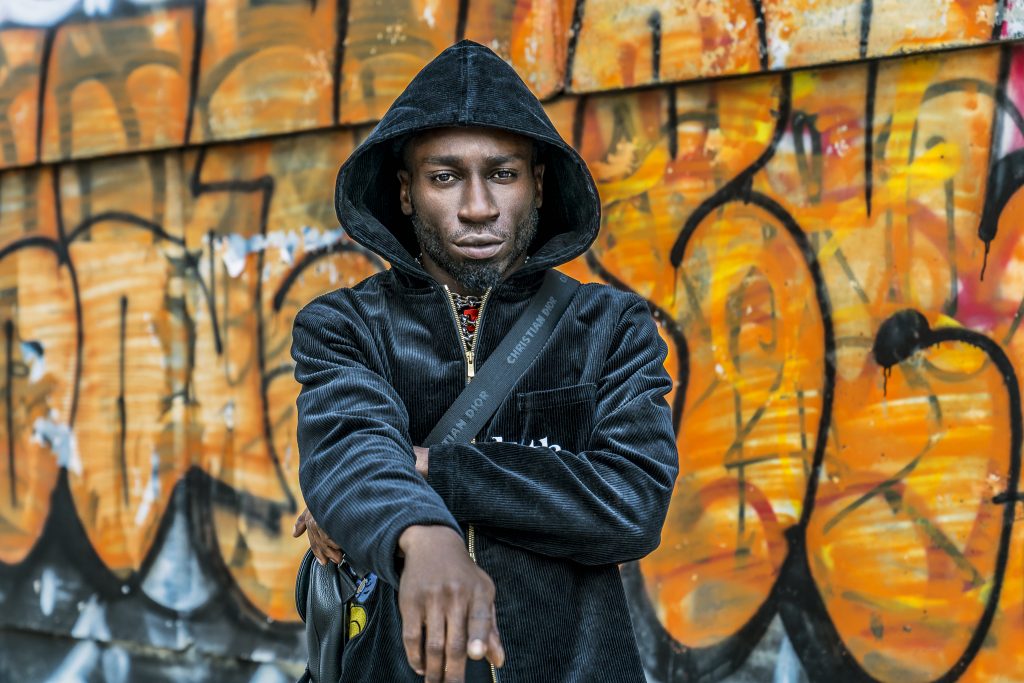
There’s something about Kojey Radical’s music that makes you smile and there’s something about his music videos that make you want to dance. The black joy in his art is craftily contagious in a way that warms the soul. But don’t get it twisted, the British rapper, mixed media artist, dancer and director is quick to remind listeners that black joy comes with a blackness that will not be ignored.
In May, the murder of George Floyd set off a series of protests globally against police brutality. Kojey was one of many to make a statement standing with the Black Lives Matter movement but his art is how he uses his voice to stand with all black lives; from the UK to the U.S. to Ghana. Back in 2018, Kojey teamed up with BBC for the documentary, The Sound of Odyssey, where he traveled to Accra, Ghana. He not only discovered more about his culture but worked to cultivate it. He is quick to use his platform to bring light to black topics such as the Black Panthers movement in the UK or the significance of educating children about black histories negated in public schooling.
His album, Cashmere Tears, celebrates the eclecticism and elegance of the black diaspora. He displays the diversity of blackness in his music videos using imagery of black women wearing silk durags, black men in cashmere and black people simply dancing with the radiant glow of resilience. Though each video is unique, Kojey makes sure they all exude black joy. He moves through the entertainment industry with the confidence of someone who has found the perfect balance of bringing attention to black suffering while highlighting the beauty of black people.
FRONTRUNNER spoke with Kojey about the struggles of directing his own music videos, how his Ghanaian heritage influenced him, the inspiration behind his stage name and more.
Your song, “Same Boat” with Mereba is fire. What was that collaboration like? Can fans expect any new music soon?
I’ve been a fan of Mereba for a long time so when the opportunity came up I just remember being excited. When I create records, they all become like babies to me. I become precious about them. People don’t get music as frequently as I want them to. This year, I’ve been trying to be mindful of that and feed people music who will appreciate the music. At the beginning of lockdown I was a bit apprehensive because I couldn’t do the things that I wanted to do to promote. But I realized that this whole thing is bigger than me. This was always my way of communicating with people, through my music. We are working on a few special things that I can’t go into detail on but I think even just coming out with a record with Mereba just kind of shows the kind of things that we have going on behind the scenes.
As someone who sometimes directs their own music videos, what are some fun aspects and challenges of directing your own work?
The biggest challenge is accepting that not all of your ideas are great. That was the biggest one for me because naturally when you’re in that realm and you’re the artist and the rapper and the musician and the director, you’re in this complex that makes you think everything you’re doing is the right thing. But sometimes you can get so lost in the idea that you forget what the bigger picture is. I’ve been training myself on that and opening myself up to understanding and listening to different perspectives before I work on something. Prior to Cashmere Tears, I was very angular with the way I made music videos. The original “Can’t Go Back” music video was one that I directed and we spent like $15,000. We scrapped it. It was probably one of the hardest things I’ve ever done but it was the biggest lesson for me in accepting that you can’t just move forward with this kind of headstrong mentality. You have to just open yourself up and be willing to where errors are made. Once I recalibrated, everything started moving. I tried to do too much and sometimes simpler is better. What’s crazy is the video we pulled out for “Can’t Go Back” cost a third of the $15,000.
When did you find your style and how do you see that playing a role in your music and music videos?
That’s a tough question. I saw a picture of me holding my niece when she was a baby. She’s 11 now so that was maybe ten years ago. I was dressed horribly. In my head, I always had style and I’m sure on that day I felt like I had style. It comes with growth and confidence. I don’t necessarily look at any particular thing or style. I like to concentrate on my ability to wear anything and bring me to what I’m wearing. I like seeing it more as a collaboration rather than checking boxes on a trend list. There are things that I just go to. I would say like 80% of the clothes worn in my music videos are graduate collections; collections that came from students fresh from university and haven’t touched the runway yet. It’s working with them to really capture ideas in fashion as early as possible before it goes through this process of being regurgitated.
Your spoken-word influence is lyrically obvious. Has there ever been a poem that has turned into a song?
Pretty much all of them. I think the first two projects, a lot of those songs I hadn’t written to music. I wasn’t musically inclined so throughout schooling and most of my teenage years, I was very much focused on the idea of being a painter or illustrator or designer. So when I finally decided to try music, a lot of it was the same trial-and-error process I would use to create something. You just use what you got. What I had was poems. I was good at writing. I found out that I was better at the things I didn’t study or enjoyed them a little bit more.
What is the story behind your stage name?
It’s the most underwhelming story in the world. I used to draw 28 hours of the day. I drew a comic book cover when I was 14 or 15 years old. On the front of the cover of the comic book I was the superhero. I was a Spider-Man fan at the time and he had The Marvelous Adventures of Spider-Man or something like that. I had the Wonderful Escapades of Kojey Radical. It came from something I made up on the spot. I put it on the front cover of this comic book and left it. And then maybe like 3 years later, I’m a teenager on the internet looking for a username. I look down at this comic book and I see Kojey Radical and I’m like “Yeah, that’s my username.”
For a long time that’s what I just used as a username on the internet. Sometimes you can prophesy something or predict something ahead of time to allow yourself time to grow into it. I feel like it was a name I had to grow into. I saw within myself the idea of being a radical. I interpreted it from my birth name which is Kwadwo. It’s a Ghanaian name. Growing up, everyone threw nicknames so Kwadwo became Koko or Kojey or Koj. It kind of fell into place. It wasn’t bestowed to me upon a mountain like a mystery sorcerer. It was just a random name.
On “20/20”, you rap, “Call your leader, tell him I need answers. Tell him I need every piece of gold that came from Ghana.” How your Ghanaian heritage has influenced you and your music?
I’ve always been very outspoken about black issues, especially things to do with Africa. I think the main difference I’ve noticed between the black diaspora and the UK black diaspora is still very closely related to that they don’t know where they come from in Africa. In that respect, these issues and mental barriers that come from colonialism. Most of the countries that we came from were under British rule which as you can imagine came with a lot of bloodshed.
With that particular lyric, it always kind of bothered me when I’m in Ghana and I go to museums. To see the amount of historical African art has always bothered me. The queen is a National Treasure and a sweetheart but her crown has Ghanaian jewels in them. If I can have a conversation with her I would like to have them back. But everything else is kosher and well done on being alive.
You recently shared your song “After Winter” on Instagram after the death of George Floyd and the Black Lives Matter movement. On the song you rap, “Oh, you want it factual? The destruction of my people wasn’t tactical. Found my patience and peace inside of parables. Till I figured we’re far too gone to be rational.” Can you tell me more about that and the significance of making music with a message?
I posted that song again recently because what I noticed was a knee jerk reaction emotionally because it was an emotionally triggering situation that happened with George Floyd and rightly so. I feel like everyone should be moved with action because of that. But in the process of this conversation coming about, I found that there were two sides. The side that was about spreading awareness and information and resources. And the other side was about directly talking specifically to white people. I received a lot of messages of people lamenting their feelings behind being white. I don’t care. I don’t give a flying fuck about how you feel about being white right now. Some conversations are a little bit more comfortable than others.
The day before or a few days before I posted After Winter, I had posted a clip from a video I had chopped for a newer song I had put out. Almost as a way of saying the imagery still connects to a song I wrote the other day about issues that should have been passed before both of these songs existed. That clip went viral in its own context. A few days later, I posted the After Winter clip and it’s a lot less comfortable to look at. It’s a lot less comfortable to see a vigilante type of group enter a man’s home and chop him up inside his own yard. But that’s what happens on the street. Some things make people comfortable and some things don’t. That’s the way I’ve always been. It can be a little bit polarizing when it comes to how I deliver messages sometimes but I don’t care. I’m going to say what I want to say when I say it and that’s it.
What is the meaning of Cashmere Tears? How does it connect to men not having room to cry or be vulnerable?
I think there’s several layers to Cashmere Tears. Initially when I wrote the record, there was an essential storyline. It’s a scenario in which I found myself at a party speaking to this girl that I barely know but I’m telling her so much. In the process of telling her about myself and getting deeper and opening up and saying more, I’m also saying in the same breath that I don’t trust people. I find that’s a big thing that our generation suffers with. This imbalance of trust, who they can trust, where to put trust and what trust even means. It’s weird that you find that the people in your day-to-day life, the people that do care for you and openly show that, may not receive that level of depth when it comes to your emotions because you don’t trust this and don’t trust that.
On the next level down, I think that it’s initially the black community that is necessarily and widely discussed because we don’t like dealing with issues that are about emotions and mental state and the health of one’s mind as easily as other conversations. I think that’s changing now with the younger generation accepting that the mind and the body are purposeful in healing and understanding oneself. But that’s something we had to learn as a result of not being taught.
I think the other layer, if you look at the video, is that I don’t like all the conversation around black people being sad. We’re a beautiful bunch of people. When we come together it looks like greatness. It looks like excellence and it looks like celebration. I wanted a video of that. It has a message but the message is a celebration of self and a celebration of culture and diversity within blackness because of conversations around colorism and issues to do with colorism. I think the diversity within the black community isn’t as widely celebrated as it could be so I wanted to create a space for that.
On “Can’t Go Back”, you rap, “I can’t go back to feeling like I wanna die. Feeling like I’ll never fly. Can a real nigga testify?” Do you mind sharing your testimony and your advice to overcome depression?
It’s one of the hardest things to hear when you’re going through it. But a big factor is being patient with yourself and taking the time to understand why you feel that way. Then actively making the choice on whether you’re going to keep feeling that way or you’re going to do something about it. Sometimes the steps may not be that easy to follow. More obstacles may pop up. More things that seem like setbacks and things that hold you down. It’s really about deciding within yourself where your strength comes from. For some people it comes from the wind. It’s the constant upside and the optimistic side of the half glass theory. For other people it might come from a dark place but it doesn’t always have to come out as darkness. I think that’s what Can’t Go Back meant for me. It’s me writing about one of my darkest times or moments but not letting it come out as darkness. People are going to absorb these vibes, they are going to absorb these messages and they are going to live with it and depending on how it affects them they’re going to move forward with that. A lot of things having to do with mental health comes from health that’s already missing and you have to rebuild that.
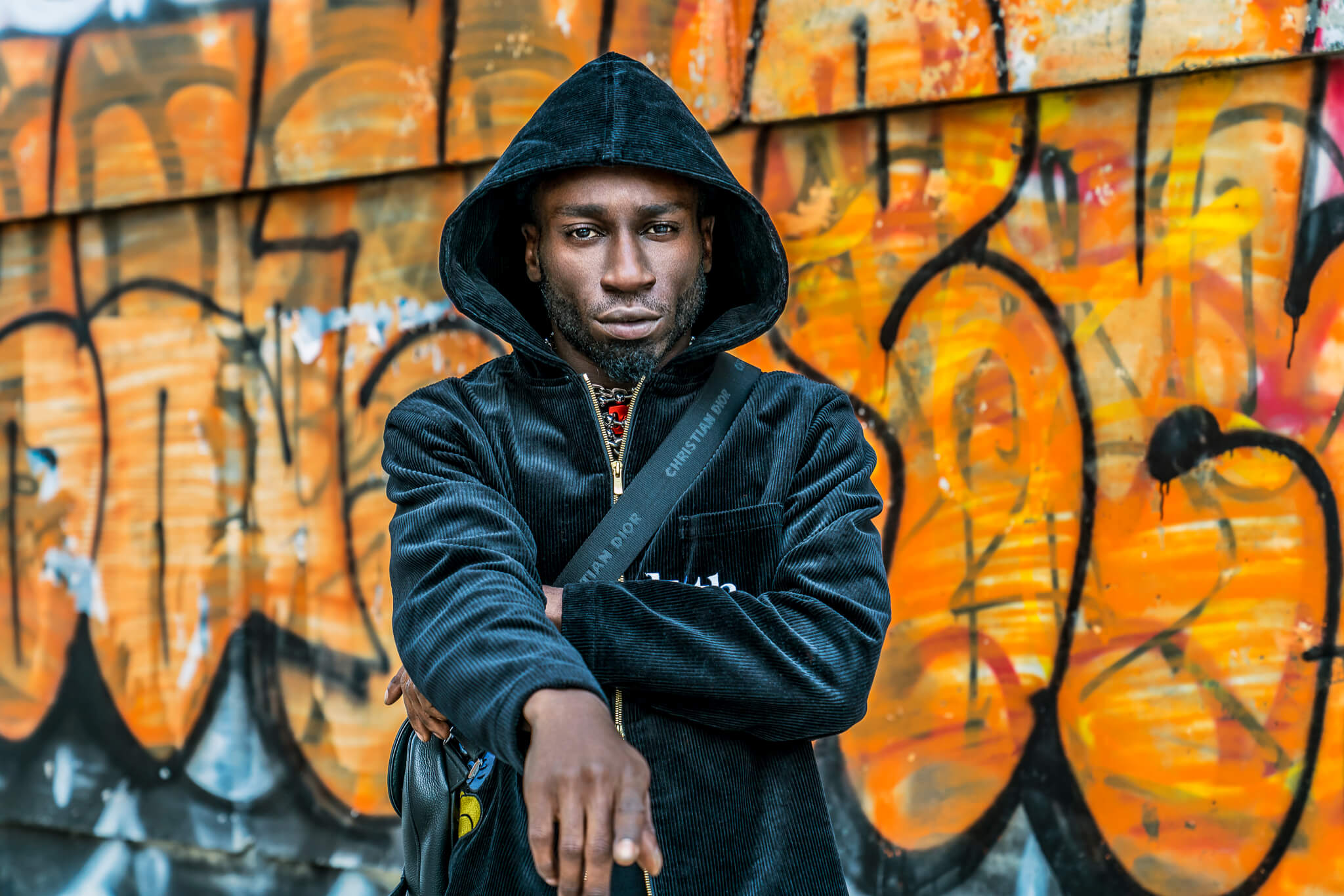
Photo credit: Selam Belay
What I love about your music videos is the dancing. You even emphasize the power of dancing by concluding your music videos with quotes about dancing. Cashmere Tears concludes with “Hard times continued but even through our darkest days we kept dancing.” What role does dancing play in your creative process and overcoming dark days?
I always like to pay homage to the black women that helped raise me. I have four sisters, one mom, aunties, I’ve probably got five or six nieces now. There’s just a lot of women in my family. My sister was one of the first in the family to go to university for dance. When she came back, she started this dance company that basically helped kids in the community. It gave them a space to go on weekends and throughout the week to express themselves through dance. I became a part of that process when I was about 9 years old. I didn’t start dancing professionally until I was 19 years old. So about 10 years of my life I was dancing every weekend and some weekdays. It was my other outlet, my other physical outlet. I wasn’t playing soccer or football or basketball, I was dancing. Outside of that, a lot of the periods of movement within the culture and art and music especially, had to do with black people. It came at times when we were probably suffering the most. We were suffering and somehow managed to create genres, cultures and lifestyles that have lived beyond anyone’s imagination. And we managed to do that within our darkest days to the point that we still use those things as inspiration. The idea of dancing through the darkness and all that kind of stuff is we can’t lose our essence to fight or allow the kind of mental tyranny. We start realizing what exactly we were meant to be and who we are and where we came from. The culture is something that needs to be celebrated in all cultures within the African diaspora and Caribbean diaspora.

